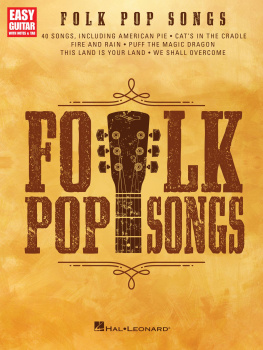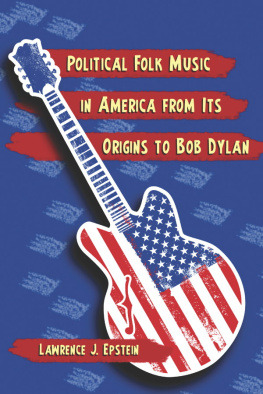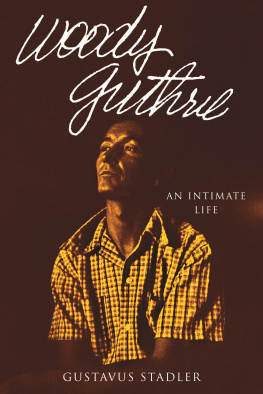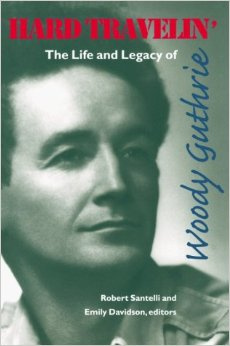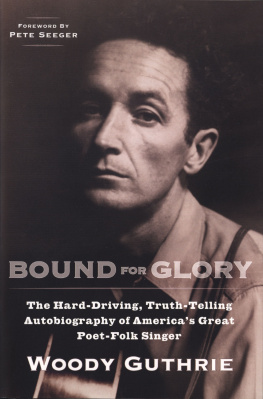Contents
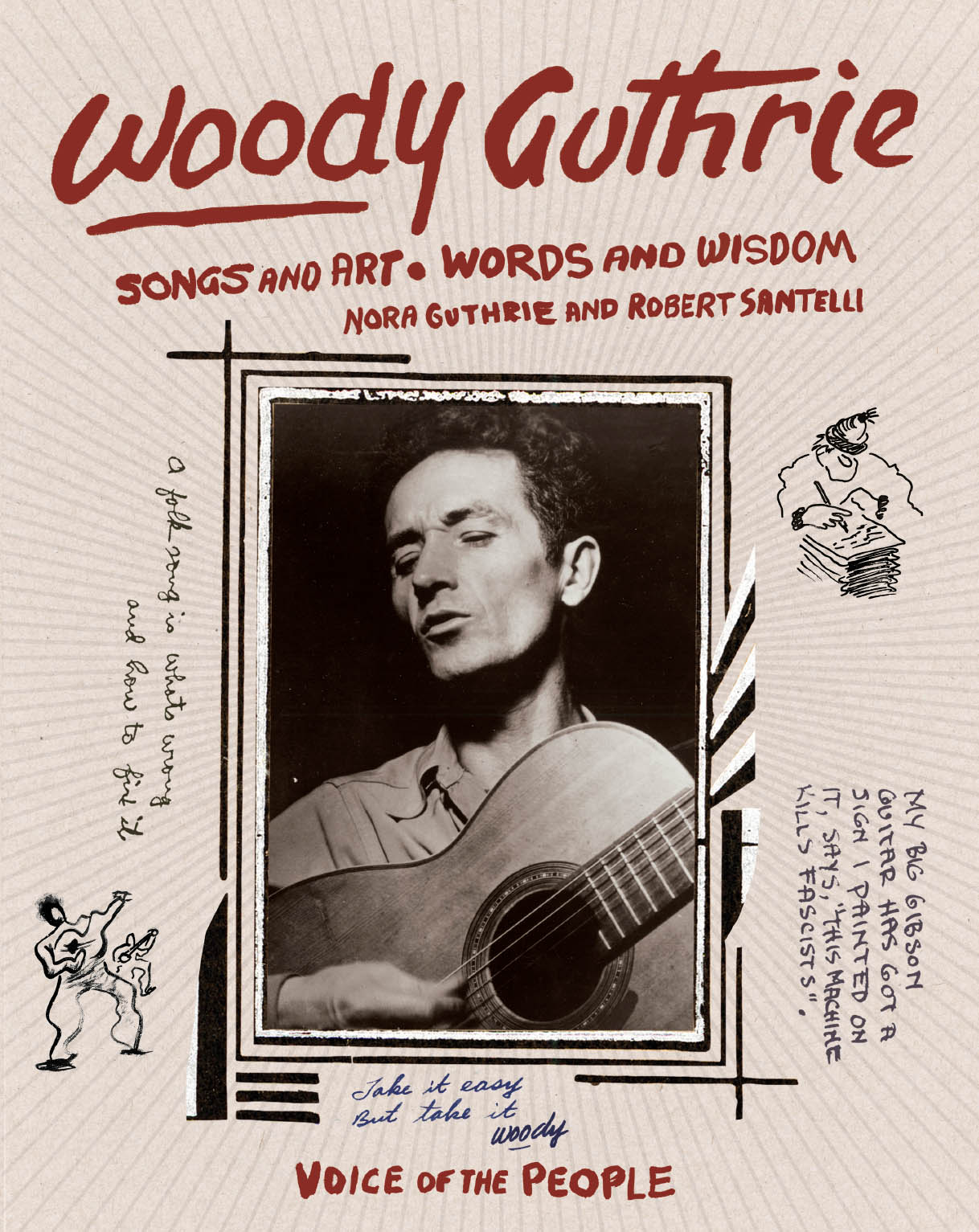
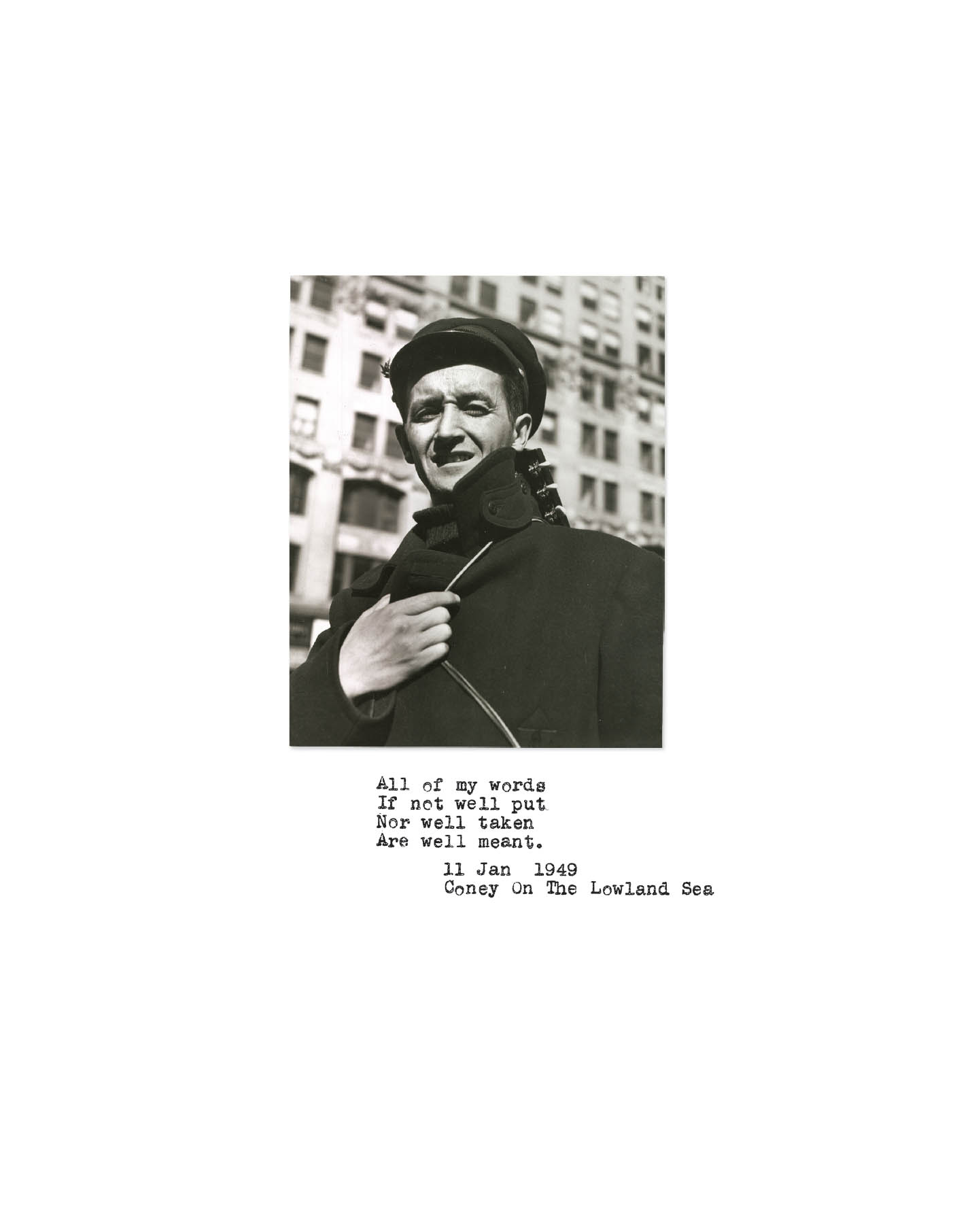
New York City, 1943.
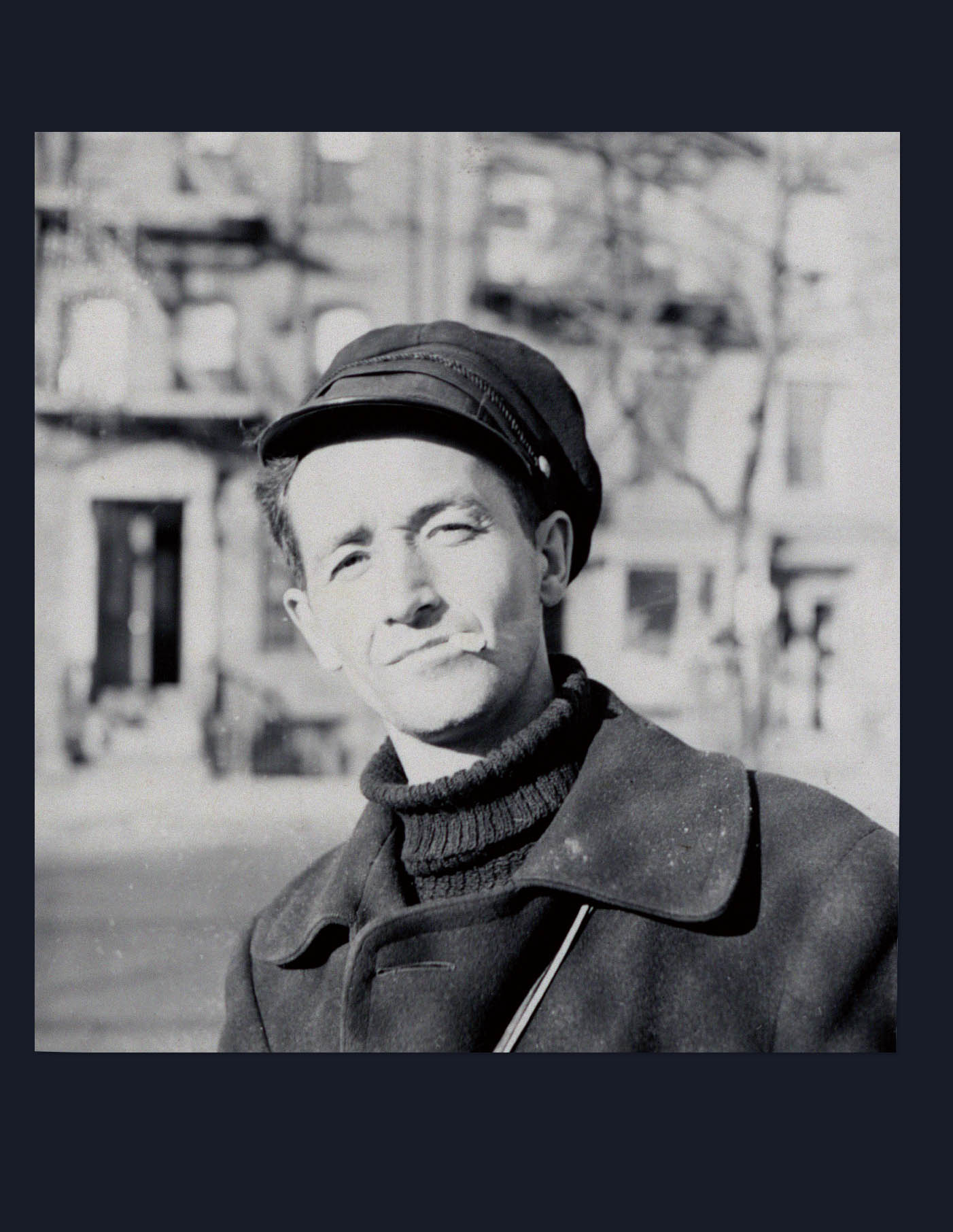
New York City, 1943.

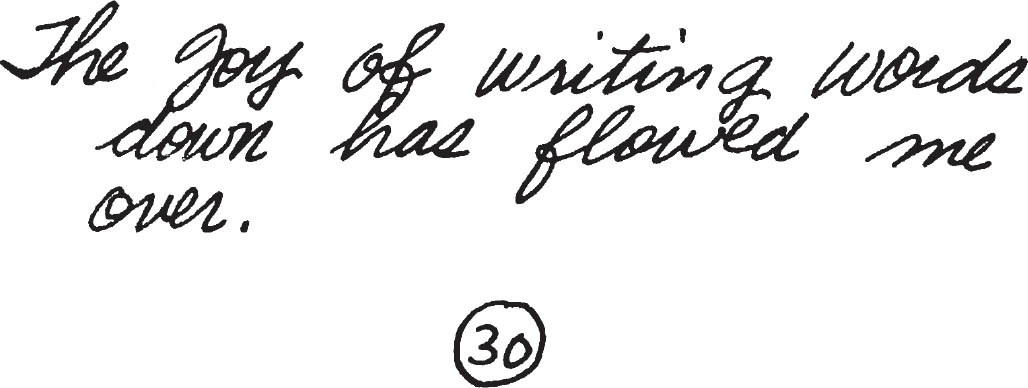
Copyright 2021 by Nora Guthrie. All rights reserved. No part of this book may be reproduced in any form without written permission from the publisher.
All words and art by Woody Guthrie copyright Woody Guthrie Publications, Inc. All rights reserved.
ISBN 9781797213378 (epub, mobi)
Library of Congress Cataloging-in-Publication Data
Names: Guthrie, Woody, 1912-1967, author, artist. | Guthrie, Nora, writer of supplementary textual content. | Santelli, Robert, writer of supplementary textual content. | Guthrie, Woody, 1912-1967. Lyrics. Selections. | Guthrie, Woody, 1912-1967. Diaries. Selections. | Guthrie, Woody, 1912-1967. Drawings. Selections.
Title: Woody Guthrie : songs and art * words and wisdom / [curated by] Nora Guthrie and Robert Santelli.
Other titles: Woody Guthrie (Chronicle Books)
Description: San Francisco : Chronicle Books, 2021.
Identifiers: LCCN 2021020496 | ISBN 9781797211787 (hardcover)
Subjects: LCSH: Guthrie, Woody, 1912-1967. | Guthrie, Woody, 1912-1967--Portraits. | Guthrie, Woody, 1912-1967--Notebooks, sketchbooks, etc.
Classification: LCC ML410.G978 A25 2021 | DDC 782.42162/130092--dc23
LC record available at https://lccn.loc.gov/2021020496
Design by Jon Glick.
constitute a continuation of the copyright page.
Chronicle books and gifts are available at special quantity discounts to corporations, professional associations, literacy programs, and other organizations. For details and discount information, please contact our premiums department at or at 1-800-759-0190.
Chronicle Books LLC
680 Second Street
San Francisco, California 94107
www.chroniclebooks.com
Contents
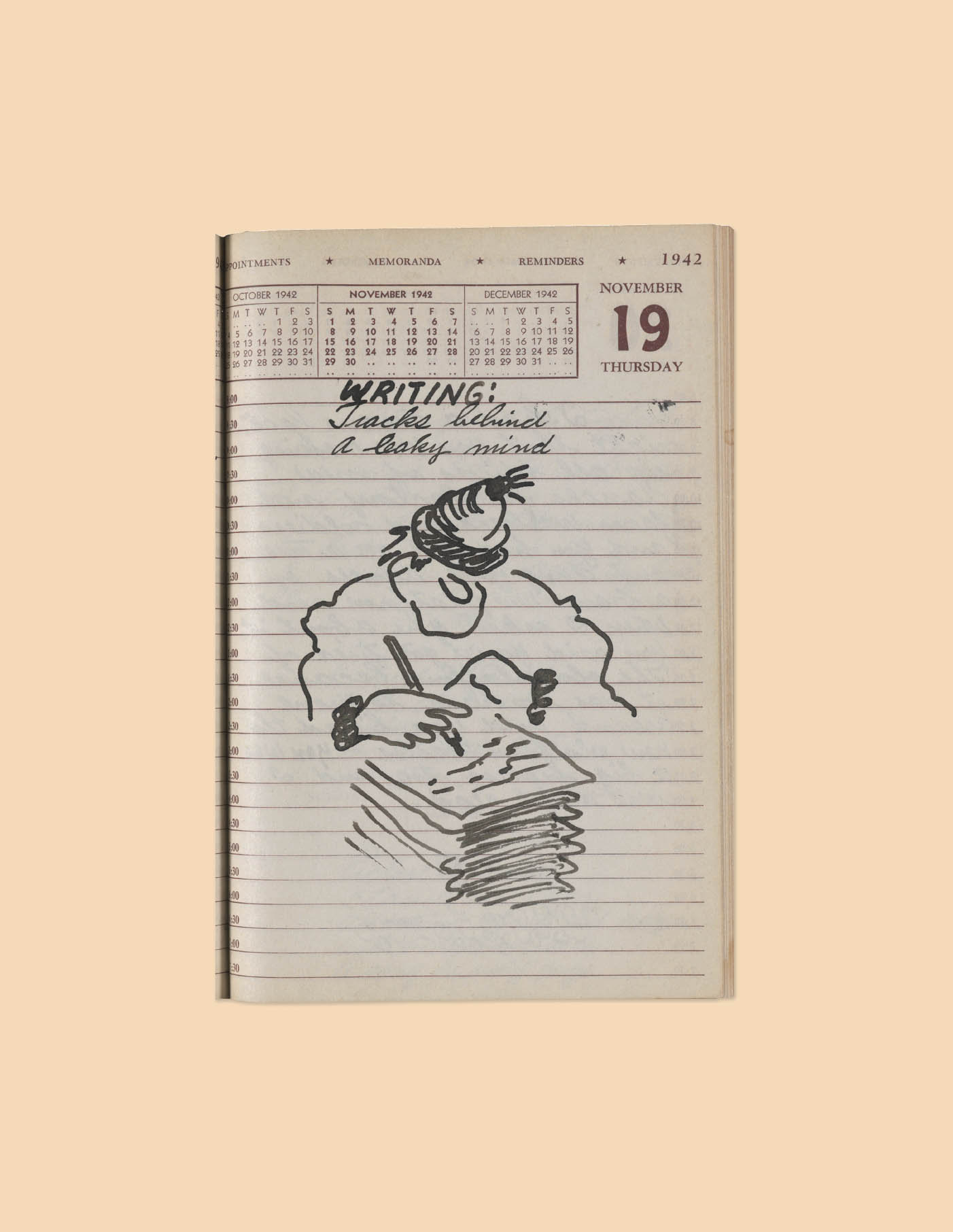
Welcome to Mermaid Avenue
noRa guthRie
I was born on Mermaid Avenue in Coney Island, Brooklyn. The corner store was the center of the world in our neighborhood; everyone could find something they needed, from the mornings first newspaper to a late afternoon cup of coffee. It was a terminal for everyone who lived within ten blocks, where they bumped into each other to share an impromptu conversation or gossip. My father was a regular.
As little kids, we went there often for the milkshakes. There was a soda fountain lined with about eight green leather-topped stools that twirled, which was just about as much fun as a kid could have in those days. As Dick, the owner, made our shake (which seemed to take forever to prepare), my brothers and I would spin each other round and around. When the milkshake was ready, Dick poured it into three small glasses, one for each of us. As I sipped my shake, I would spin more slowly, taking it all in.
Neighbors, delivery men, mailmen, and passersby appeared and disappeared. All shapes, sizes, colors, languages. They stopped to pick up one of the dozens of newspapers that sat on a stand on the sidewalk; they carried groceries from the fruit stand and butcher shop next door.
Through that plate glass window, decorated with soda, news, and cigarettes signs, I watched as they strolled down West 37th Street to Surf Avenue and to the beach and boardwalk, or sat on their stoop cooling off.
Toward the back of the store, there were a few Formica lunch tables with chairs for the older people. The pay phone inside the wooden booth with a folding glass-paneled door would ring for anyone on the block who didnt have a home phone. The shelves were lined with school supplies(marble composition notebooks, pens, and pencils) and art supplies (delicious new crayons, glue, scissors, construction paper, small jars of finger paints, watercolor paints, and cheap brushes). A different shelf had supplies for the grown-ups: onionskin typing paper, accounting ledgers, wrapping paper.
In the late 40s and 50s, this was where my father loved to be. And although he wasnt known to spin on the stools, he too was taking it all in. Often, its where he sat and wrote in his notebooks and diaries. Why did he write so many of his essays in composition books? Well, because they were there, at Dicks. Why did he write the ode Aint You Sam? Because Sam worked in the store and answered the calls from that phone booth, swept up the sawdust from the floor, and put out the newspapers every morning on the sidewalk. Child Sitting is about Woody spending the day with his three-year-old daughter, Cathy Ann, who is stuck at home with a cold, using up all the art supplies from Dicks store.
But thats just one corner store in one town.
During my fathers life, he nestled into many places, corners where he could inconspicuously watch and listen and learn, be it a boxcar en route somewhere, a migrant workers campfire at night, or an artists loft in New York City.
Many of the lyrics, notes, and essays in this book come from my fathers diaries and notebooks. Some might be very familiar, but many are unknown and were never intended for publication. Many were notes to himself, perhaps fodder for future lyrics, novels, articles. Or words just to let off steam or to remember something that happened on a street or subway.
My mother often said that he loved the feeling of pencil or pen on paper, that writing in itself was a physically sensuous experience.
The surge of his writings is astounding, and the sheer amount of words often overwhelming. They cover the most seemingly inconsequential event, person, or thought, to the most historic, dramatic, or esoteric. You could say that nothing in the existing universe was safe from his accounting. He freely witnessed everything and set it down without an inner, or outer, editor.
He often rambled through his thought process to come to a conclusion or state a belief using any and all available tools: pen, ink, pencil, crayon, typewriter, paintbrush, watercolor. In addition to writing lyrics, he used cartoons, poems, jokes or quips, one-linersanything to help excavate his ideas. Twenty pages in a notebook filled with words, drawings, or watercolors would lead him to some final insight. At last, perhaps, a song was born, an essay written, or a letter sent.
When I think of my life, I remember my stool-spinning days at our corner store, pausing here or there for a longer look or spinning quickly when nothing much seemed to be happening. But its also how I went about looking at my fathers life and curating this book. I want you to get a bigger picture of what his life was likeall 360 degrees of it. And though I did the curating, hell do most of the talking.
I also wanted to connect his life with the people around us now. After all, most of the ideas in this book are not uniquely his own private property. They come and go with each generation, with fresh names and faces that speak in that days tongues. Bob and I invited a few of them here, to stand side by side with my fathers thoughts..


